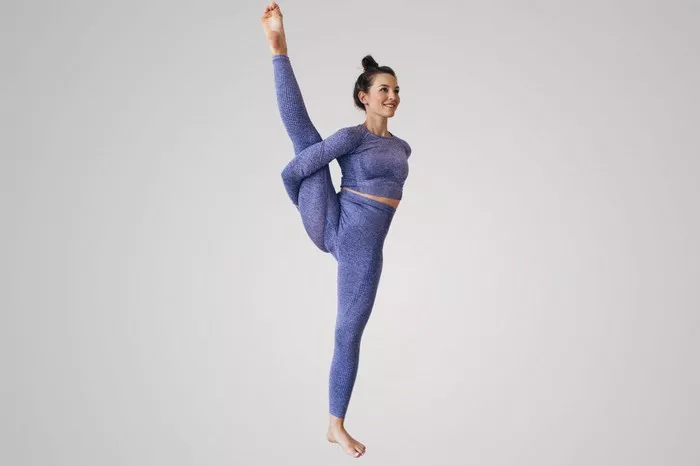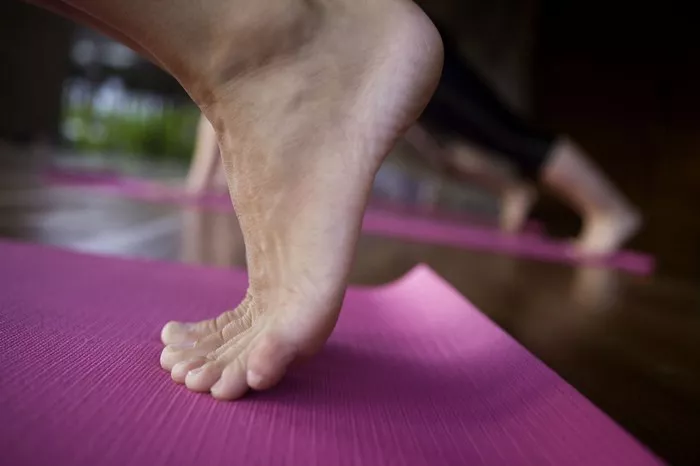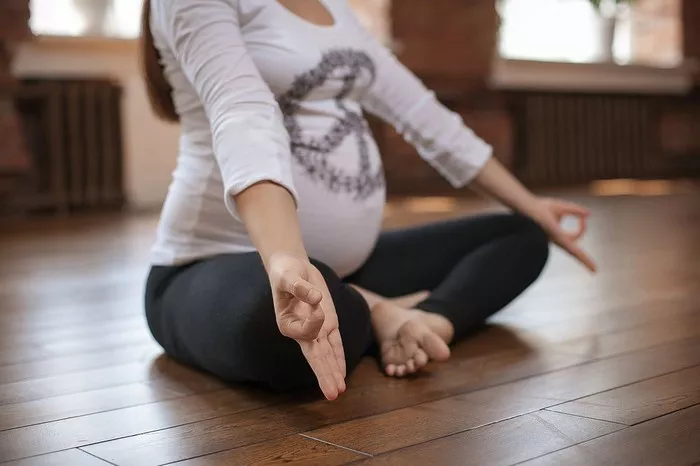Running is an excellent cardiovascular activity, but it can also lead to muscle tightness, fatigue, and potential injuries if not balanced with proper stretching and recovery techniques. Incorporating restorative yoga into your routine can help alleviate these issues by enhancing flexibility, promoting relaxation, and aiding in muscle recovery. Here are the ten best restorative yoga poses specifically beneficial for runners.
1. Reclined Bound Angle Pose (Supta Baddha Konasana)
Reclined Bound Angle Pose is perfect for opening up the hips, which can become tight from repetitive running. This pose also helps release tension in the inner thighs and groin.
How to Practice:
- Lie on your back and bring the soles of your feet together.
- Allow your knees to drop out to the sides.
- Place your arms by your sides, palms facing up.
- Stay in this pose for 5-10 minutes, using bolsters or pillows under your knees for support if needed.
Benefits:
- Opens the hips
- Stretches the inner thighs
- Promotes relaxation
2. Legs Up the Wall Pose (Viparita Karani)
This pose is excellent for runners as it helps improve circulation and reduce swelling in the legs. It’s also incredibly relaxing and can help with recovery.
How to Practice:
- Sit next to a wall and swing your legs up so they are resting vertically against it.
- Lie back and extend your arms out to the sides.
- Stay in this pose for 5-10 minutes.
Benefits:
- Improves circulation
- Reduces leg swelling
- Calms the nervous system
3. Child’s Pose (Balasana)
Child’s Pose is a gentle way to stretch the back, hips, and thighs. It also helps to calm the mind and relieve stress.
How to Practice:
- Kneel on the floor and sit back on your heels.
- Extend your arms forward and lower your forehead to the mat.
- Hold for 5-10 minutes, breathing deeply.
Benefits:
- Stretches the back and hips
- Relieves stress and fatigue
- Promotes relaxation
4. Pigeon Pose (Eka Pada Rajakapotasana)
Pigeon Pose is excellent for stretching the hip flexors and the outer thighs. It can help alleviate tightness and improve flexibility in the hips, which is crucial for runners.
How to Practice:
- Start in a tabletop position.
- Bring your right knee forward and place it behind your right wrist.
- Extend your left leg back and lower your hips towards the floor.
- Hold for 3-5 minutes on each side.
Benefits:
- Stretches the hip flexors and glutes
- Improves hip flexibility
- Releases tension in the lower body
5. Reclining Hand-to-Big-Toe Pose (Supta Padangusthasana)
This pose helps stretch the hamstrings, calves, and lower back. It’s particularly beneficial for runners who often experience tightness in these areas.
How to Practice:
- Lie on your back and extend your right leg towards the ceiling.
- Hold your big toe with your right hand or use a strap around your foot.
- Keep your left leg extended on the mat.
- Hold for 3-5 minutes on each side.
Benefits:
- Stretches the hamstrings and calves
- Relieves lower back tension
- Improves overall flexibility
6. Supported Bridge Pose (Setu Bandhasana)
Supported Bridge Pose helps open up the chest, hips, and thighs. It also strengthens the back muscles and can help alleviate lower back pain.
How to Practice:
- Lie on your back with your knees bent and feet flat on the floor.
- Lift your hips and place a block or bolster under your sacrum for support.
- Rest your arms by your sides and hold for 5-10 minutes.
Benefits:
- Opens the chest and hips
- Strengthens the back
- Alleviates lower back pain
7. Reclining Twist (Supta Matsyendrasana)
This gentle twist helps release tension in the spine and improve spinal mobility. It’s also great for stretching the outer hips and lower back.
How to Practice:
- Lie on your back and bring your right knee into your chest.
- Cross your right knee over to the left side of your body.
- Extend your right arm out to the side and look towards your right hand.
- Hold for 3-5 minutes on each side.
Benefits:
- Releases tension in the spine
- Stretches the outer hips
- Improves spinal mobility
8. Happy Baby Pose (Ananda Balasana)
Happy Baby Pose is a great way to stretch the inner thighs, hips, and lower back. It’s a gentle pose that also helps calm the mind.
How to Practice:
- Lie on your back and bring your knees towards your chest.
- Hold the outer edges of your feet with your hands.
- Gently rock side to side, if it feels good.
- Hold for 3-5 minutes.
Benefits:
- Stretches the inner thighs and hips
- Releases lower back tension
- Promotes relaxation
See Also: How Often Should Runners Do Yoga?
9. Cobbler’s Pose (Baddha Konasana)
Cobbler’s Pose is excellent for opening up the hips and groin area. It also helps improve circulation in the lower body.
How to Practice:
- Sit on the floor with your feet together and knees bent out to the sides.
- Hold your feet with your hands and gently press your knees towards the floor.
- Hold for 3-5 minutes.
Benefits:
- Opens the hips and groin
- Improves lower body circulation
- Enhances flexibility
10. Savasana (Corpse Pose)
Savasana is the ultimate restorative pose, allowing the body and mind to fully relax. It’s essential for recovery and integrating the benefits of your yoga practice.
How to Practice:
- Lie flat on your back with your legs extended and arms by your sides.
- Close your eyes and focus on your breath.
- Stay in this pose for at least 10 minutes.
Benefits:
- Promotes deep relaxation
- Reduces stress and anxiety
- Aids in muscle recovery
Conclusion
Incorporating these restorative yoga poses into your routine can significantly enhance your running performance and overall well-being. They not only help in stretching and relaxing the muscles but also promote mental clarity and reduce the risk of injuries. Aim to practice these poses regularly, especially after your runs, to experience the full benefits of restorative yoga. Remember to listen to your body and modify the poses as needed to suit your comfort and flexibility levels. Happy running and namaste!
Related topics:
























